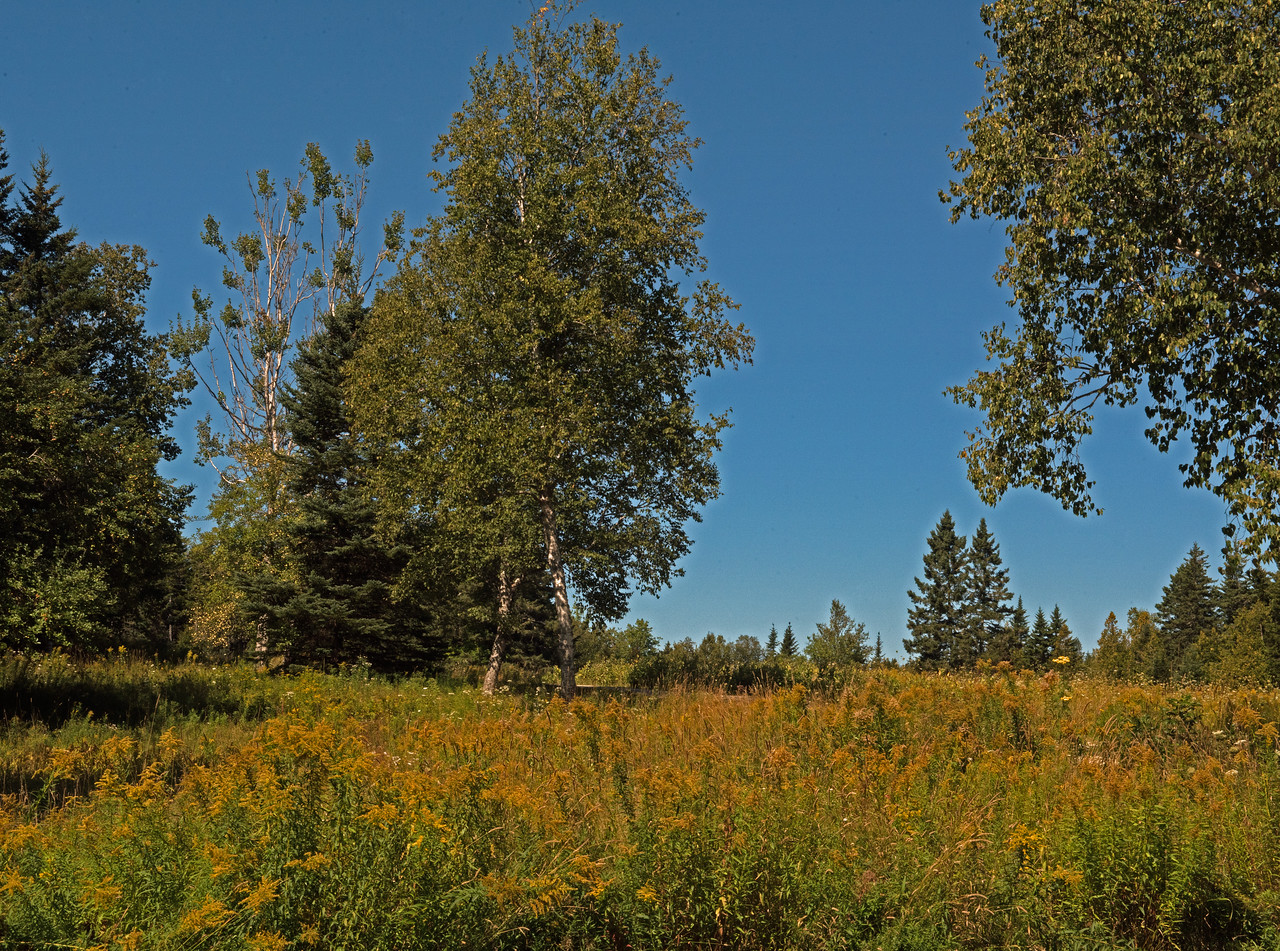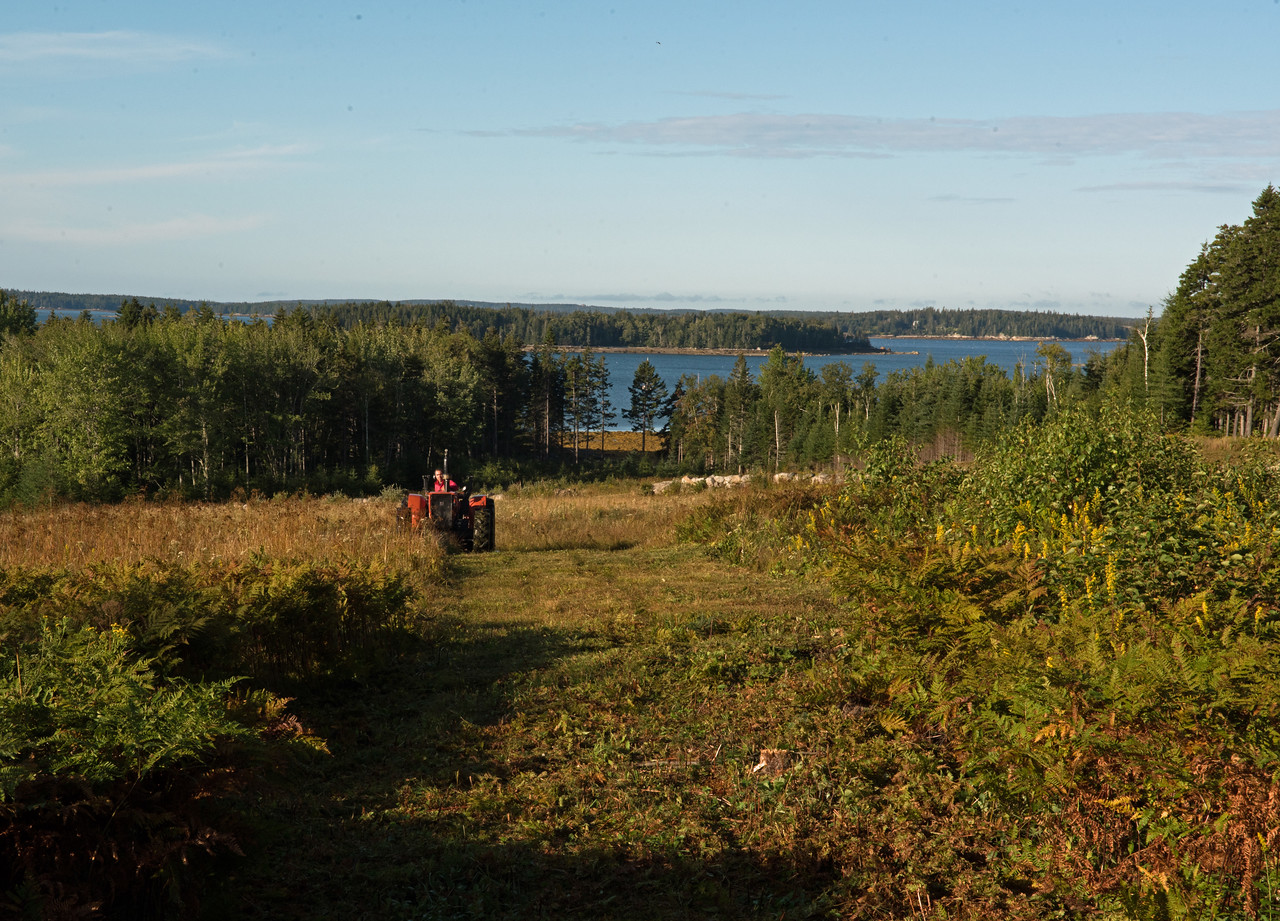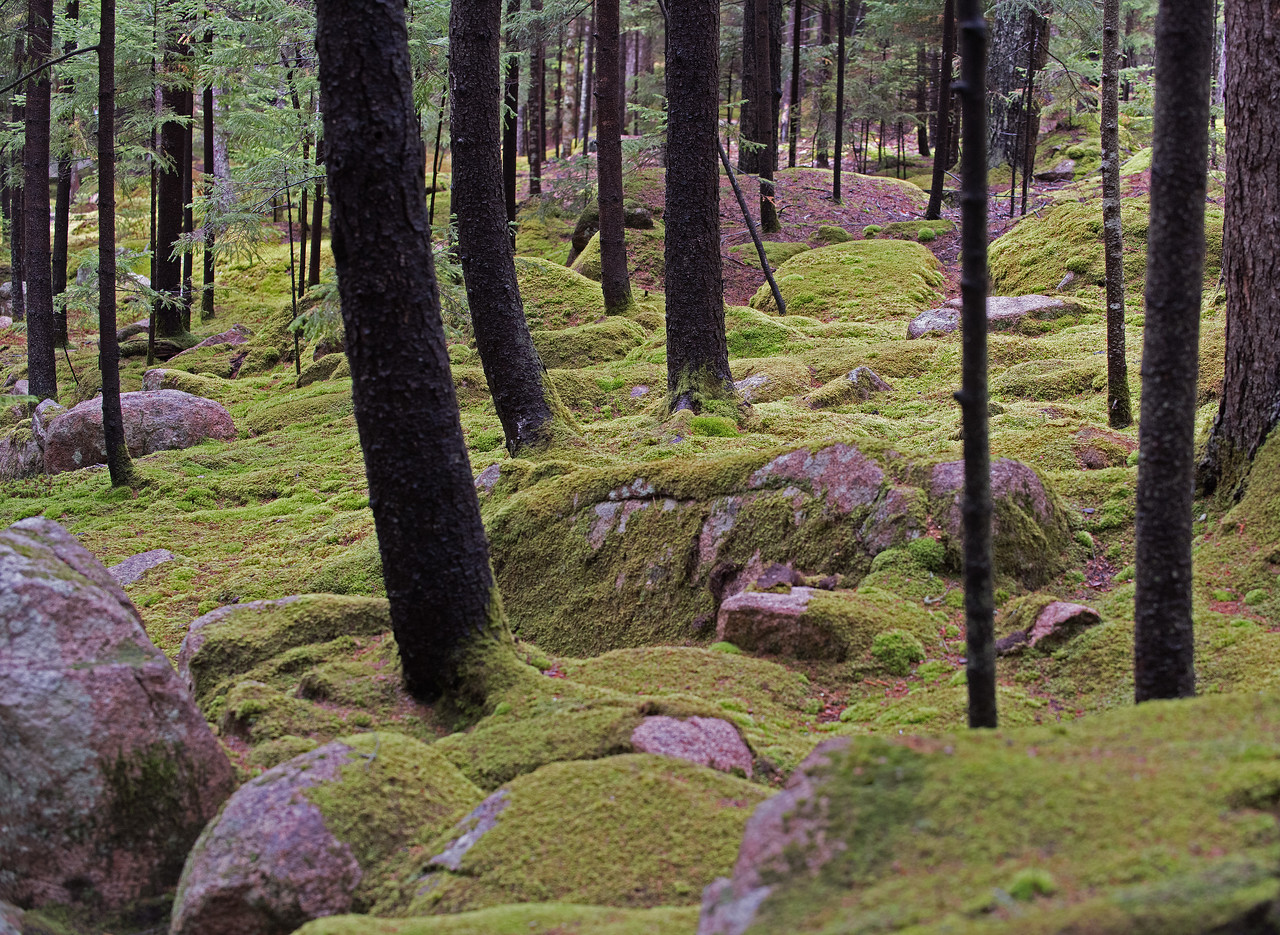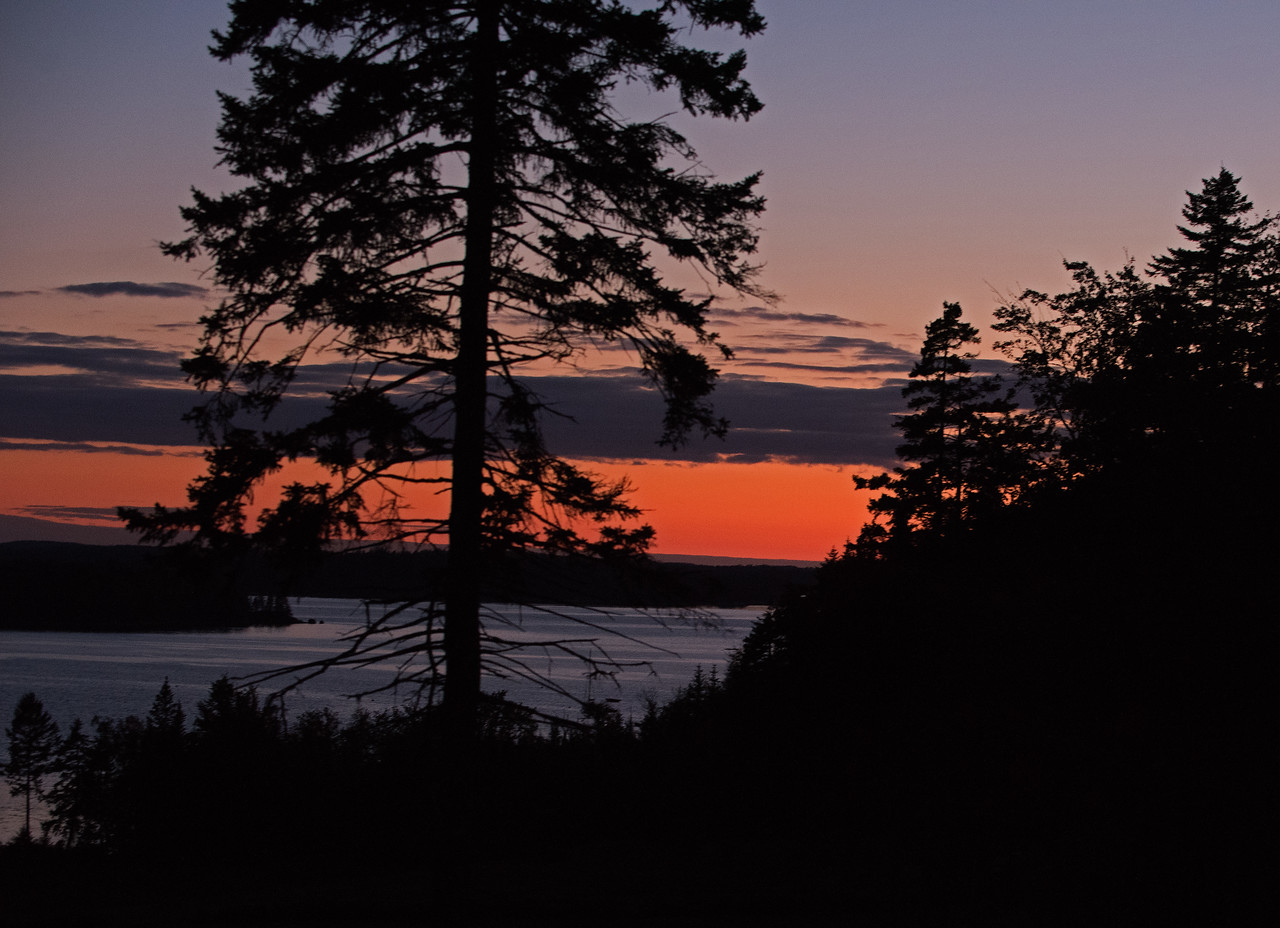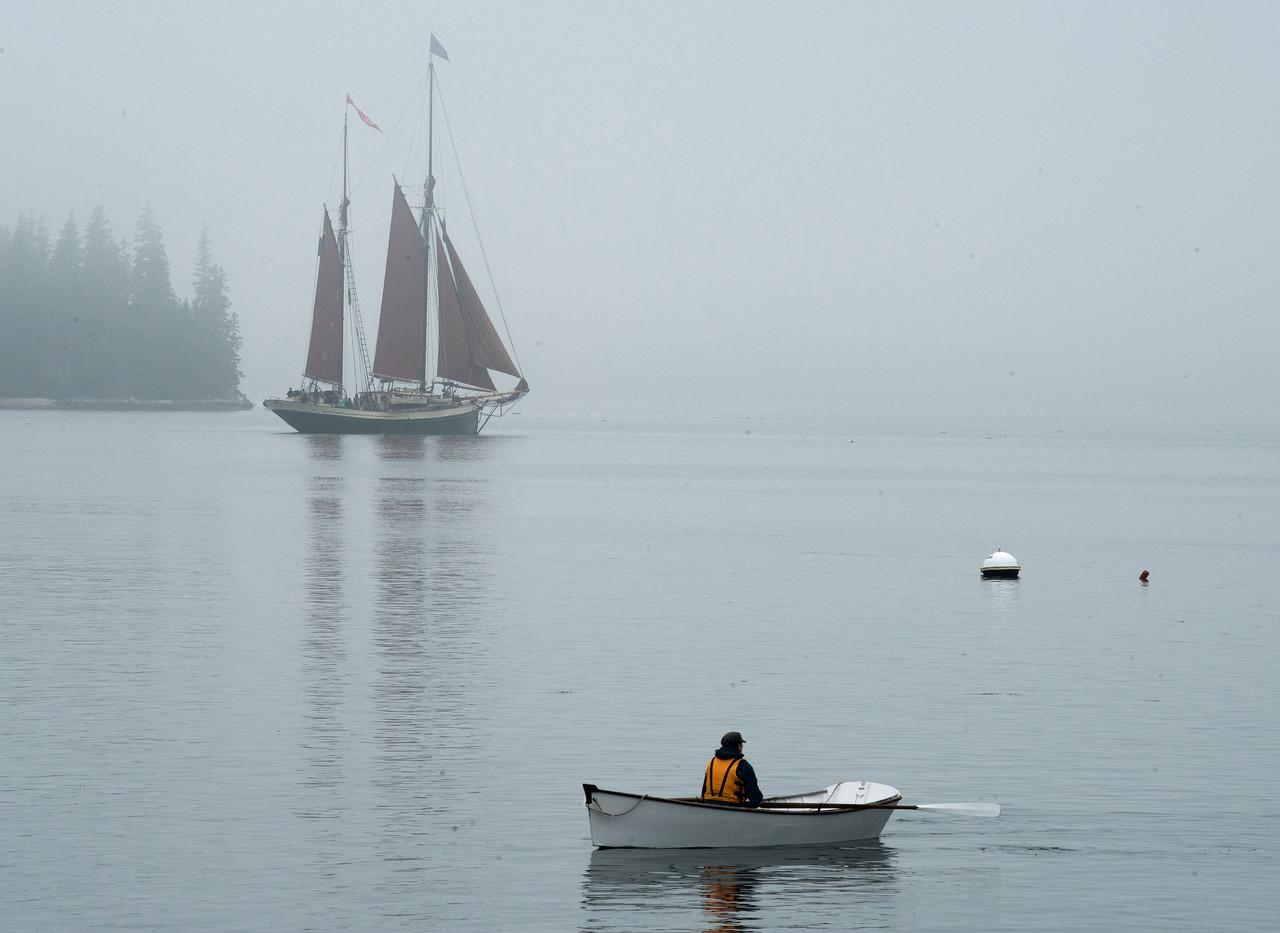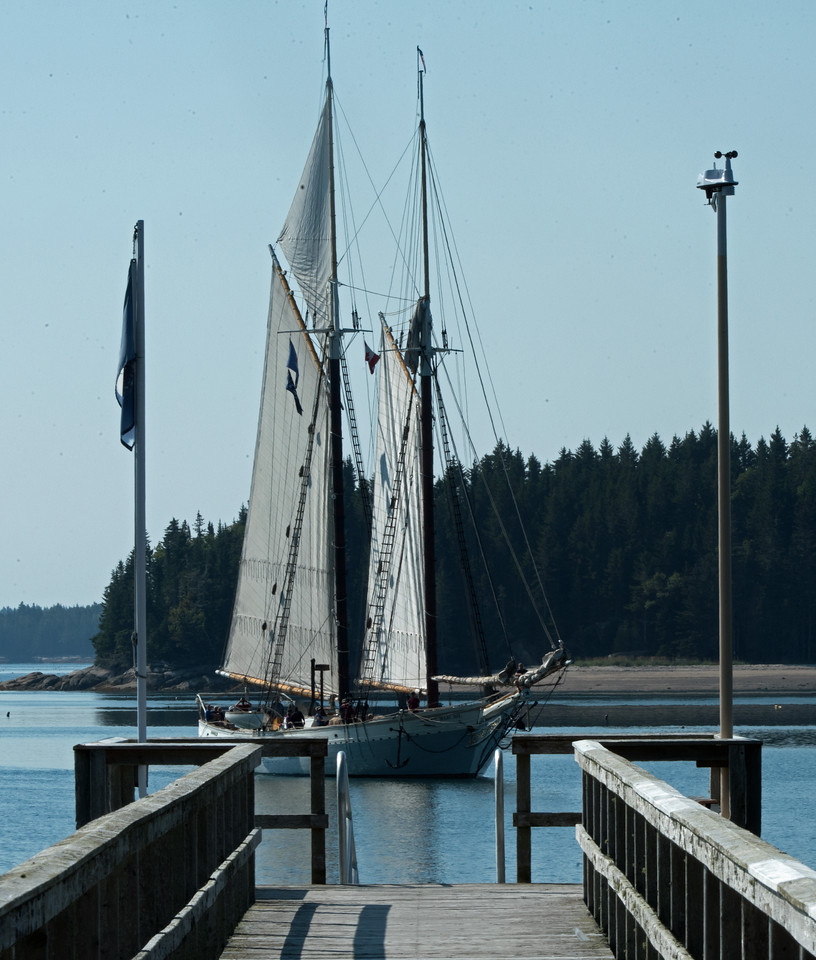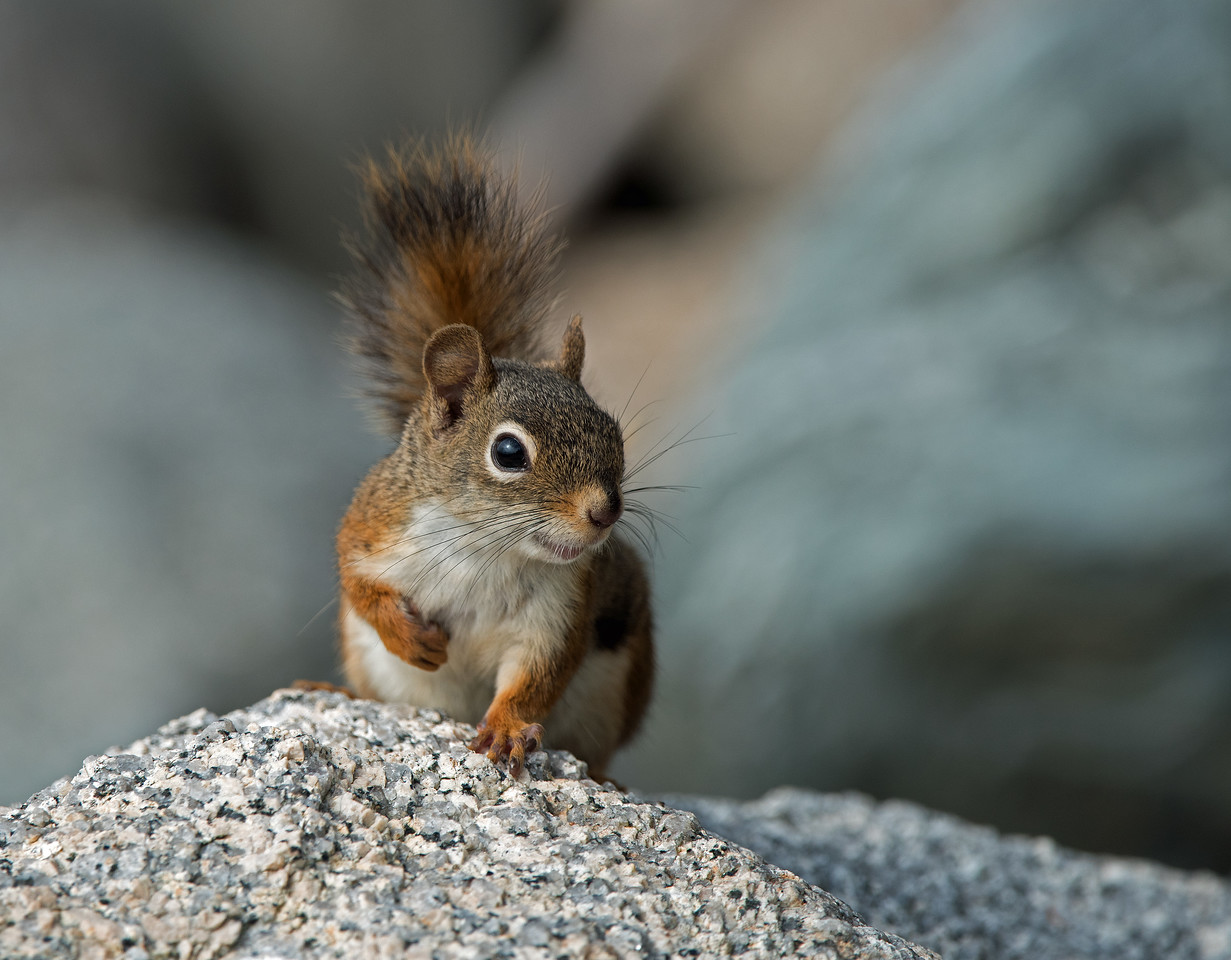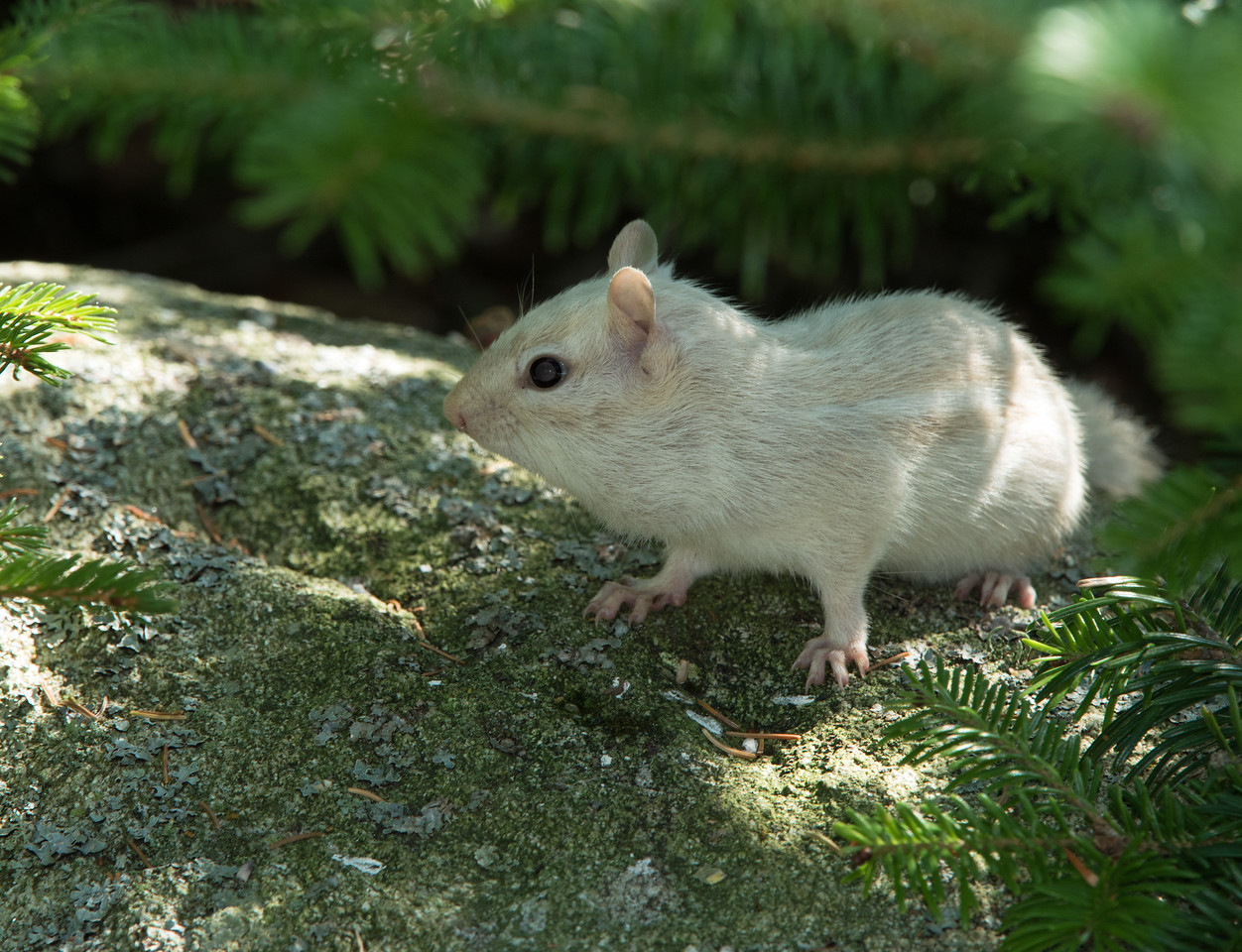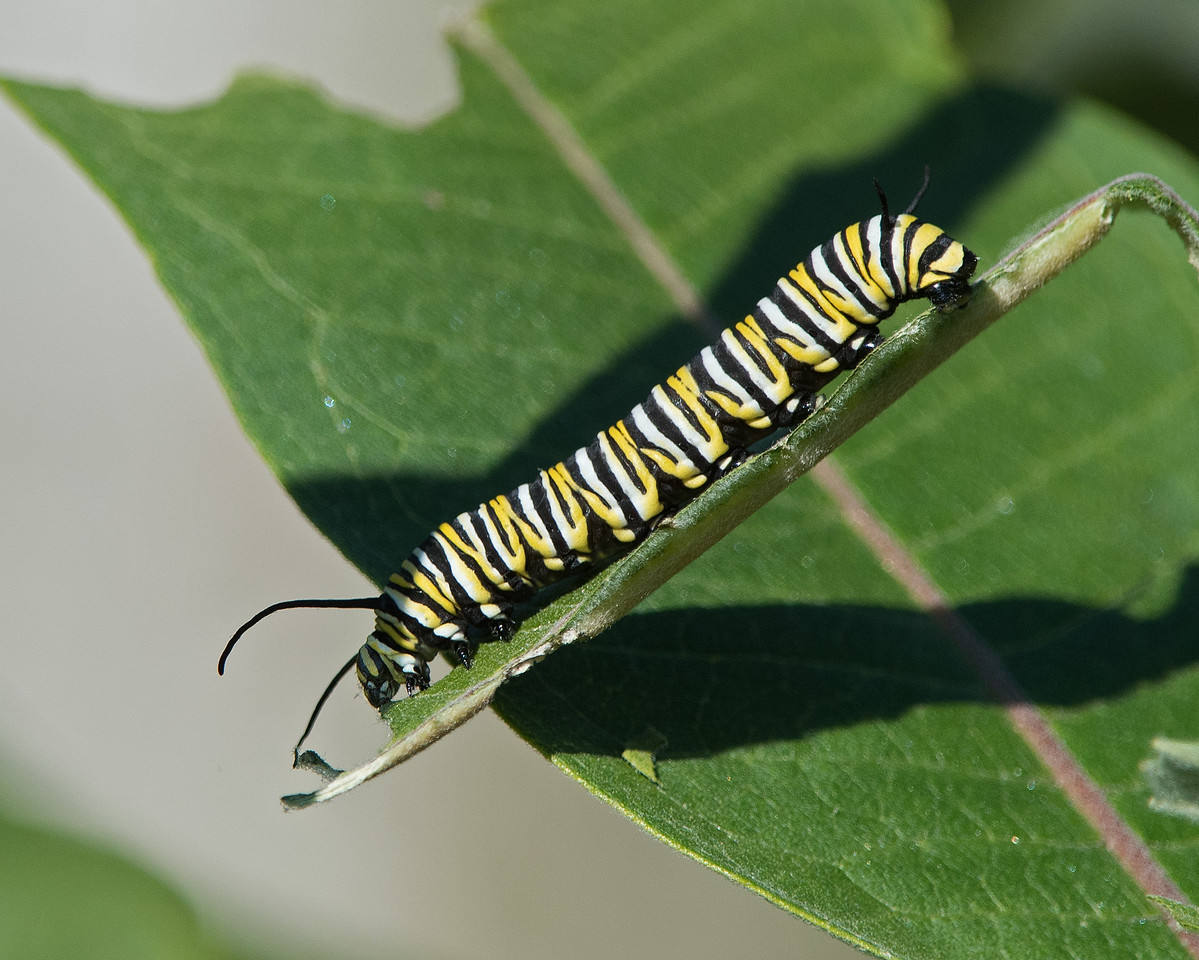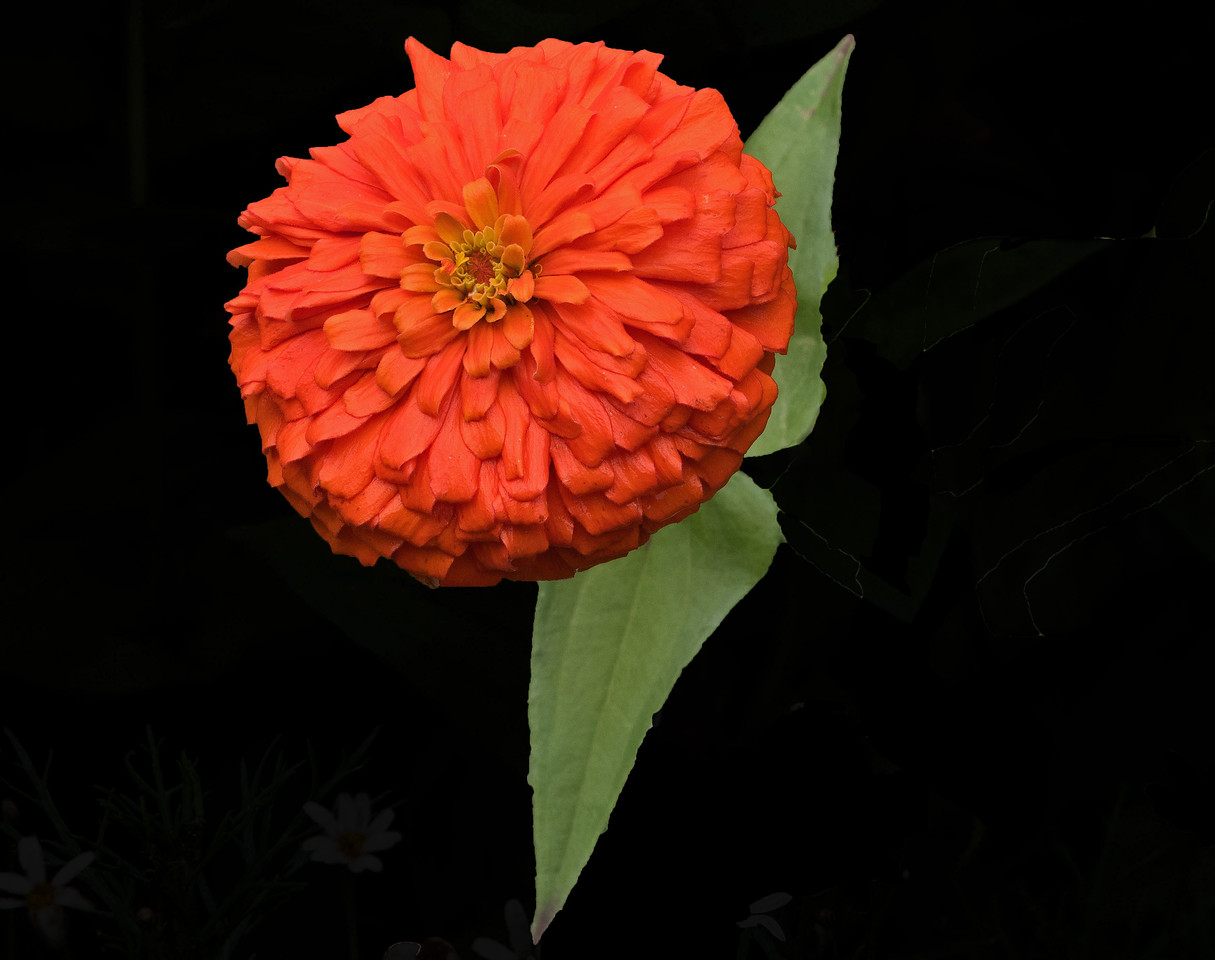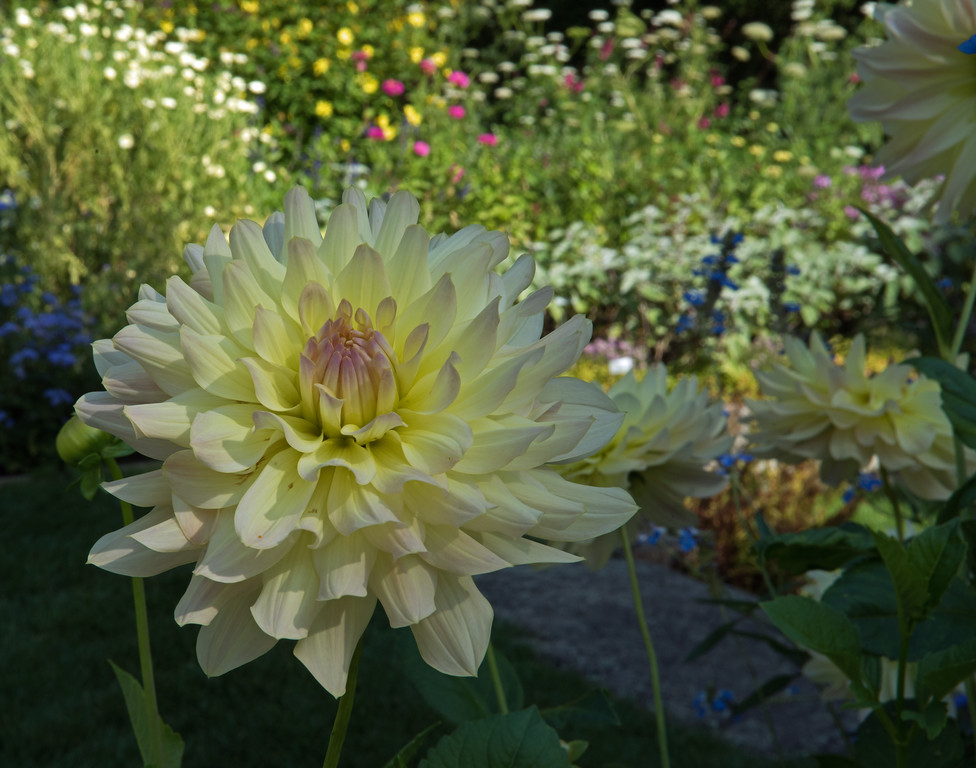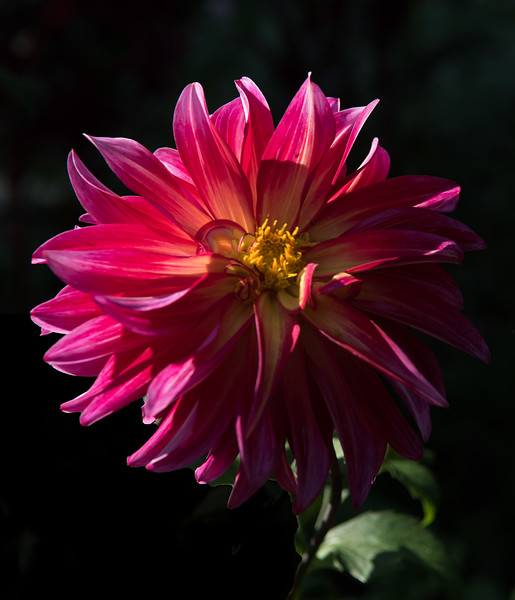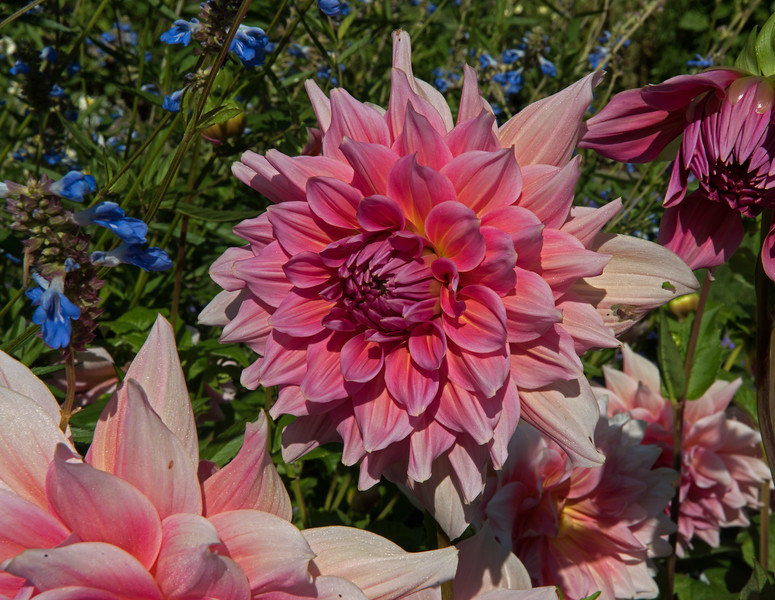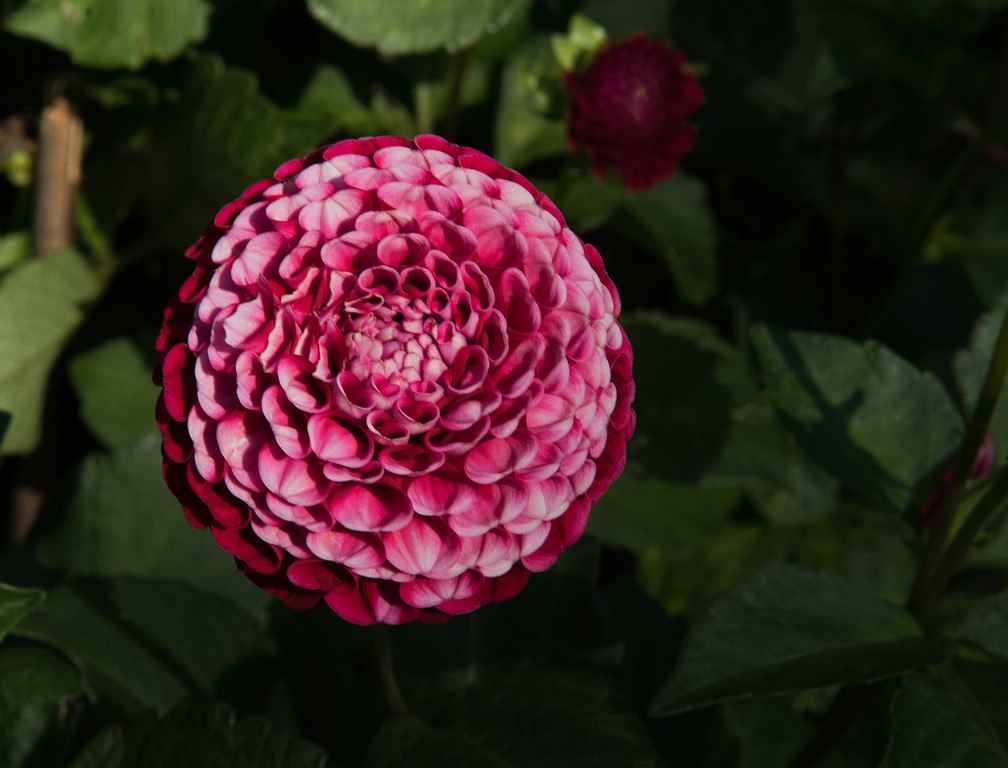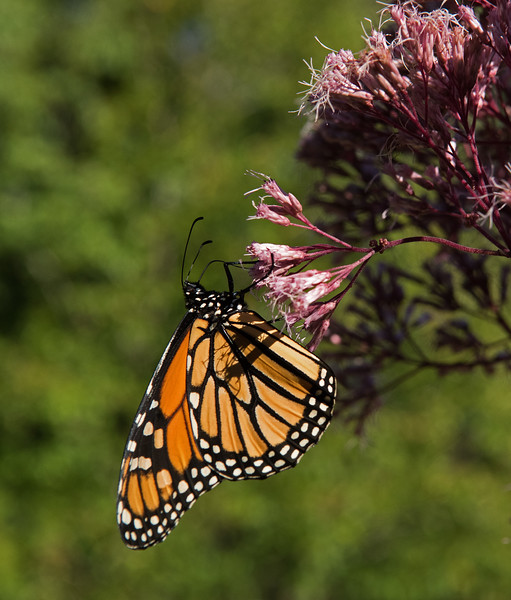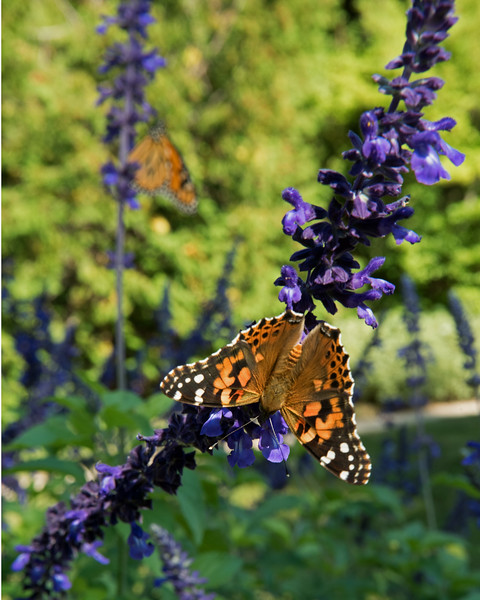A breath-taking change in Great Cove takes place in early October: the boats are brought ashore, most moorings and their mushroom anchors are pulled up, and the WoodenBoat School pier float is beached. The Cove then seems lonely – the way a house can seem lonely when the children go away.
However, we soon realize that there has been a fair exchange: the complex beauty of an active harbor (think of a smaller scale J.M.W. Turner canvas) has become the simple beauty of an ever-changing sea with ever-changing wildlife (think of a larger scale version of Henry David Thoreau’s Walden Pond).
Below is an image of the area of between the WBS pier and Babson Island, taken on September 13, along with a few other late September scenes of the Cove:
Here’s what the same area between the pier and Babson Island looked like on October 4:
In the interim, visiting vessels departed for home ports and storage; WBS vessels were ferried ashore and driven to their winter quarters; and, anchors and moorings were pulled out of the Cove, cleaned with fresh water, and hung up to dry.
To be sure, some people around here will sail well into October, but each day their number lessens, especially those who are sailing small vessels. The nearby Brooklin Boatyard small boat shed is almost full already.
We’re entering another, exciting cycle.
(Brooklin, Maine)



















